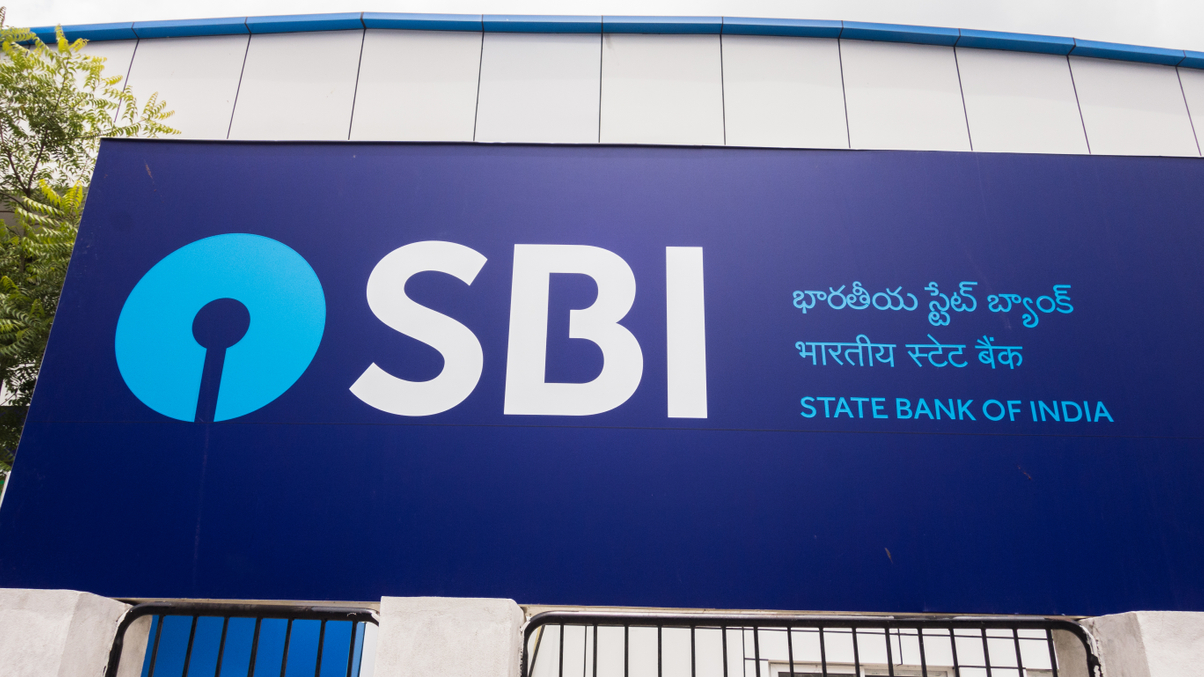SBI Life turns cautious on Indian equities
The Indian insurer aims to be highly selective this year in its equity investments given the muted earnings growth outlook, but retains faith in the long-term prospects of the asset class.

State Bank of India Life Insurance is turning more cautious towards domestic equities because of disappointing corporate earnings and is set to get choosier about its stock picks in anticipation of choppier Indian markets.
Sign In to Your Account
Access Exclusive AsianInvestor Content!
Please sign in to your subscription to unlock full access to our premium AI resources.
Free Registration & 7-Day Trial
Register now to enjoy a 7-day free trial—no registration fees required. Click the link to get started.
Note: This free trial is a one-time offer.
¬ Haymarket Media Limited. All rights reserved.


